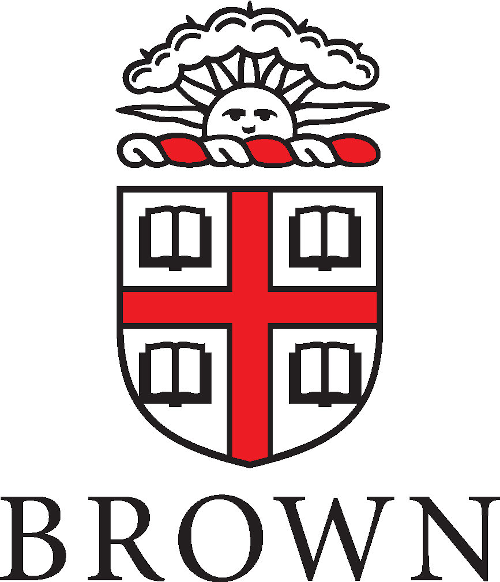- DCIM?
- What is DCIM?
- What is a Colocation Data Center?
- What is the Federal Data Center Optimization Initiative (DCOI)?
- What is Data Center Management?
- What is Second-Generation DCIM?
- What is Data Center Monitoring?
- What is Data Center Service Management (DCSM)?
- What is Network Documentation?
- What is an Edge Data Center?
- What is a Data Center CMDB?
- What is Data Center Automation?
- How do I get started?
- Products
- Service
- Resources
- Support
- Company
- Search
DCIM Definitions, made easy.
A
AI Data CenterAI InfrastructureAirside EconomizerASHRAE Thermal GuidelinesAuto-DiscoveryBack to Top
B
Blade ChassisBlade ServerBranch Circuit MonitoringBack to Top
C
Cable SpaghettiCalibrated Vectored CoolingCarbon Usage Effectiveness (CUE)Certified Data Center Management Professional (CDCMP®)Certified Data Center Professional (CDCP®)Close-Coupled CoolingCloud ComputingCloud MigrationCloud RepatriationCold Aisle ContainmentCold Plate CoolingColocation Data CenterColocation ProvidersComputational Fluid Dynamics (CFD)Computer Room Air Conditioning (CRAC)Computer Room Air Handler (CRAH)Configuration Management Database (CMDB)Containerized Data CenterCost of DowntimeBack to Top
D
Data CenterData Center Asset AuditData Center Asset ManagementData Center AutomationData Center BuswayData Center CabinetData Center Cable ManagementData Center Capacity PlanningData Center Carbon FootprintData Center CertificationsData Center ChillerData Center CMDBData Center ColocationData Center Colocation ProvidersData Center ComponentsData Center ConsolidationData Center ContainmentData Center CoolingData Center Cooling TowerData Center CostsData Center DesignData Center Disaster RecoveryData Center Energy ConsumptionData Center Energy EfficiencyData Center Environment MonitoringData Center Evaporative CoolingData Center Floor PlanData Center GeneratorData Center Gray SpaceData Center Heat RejectionData Center Hot SpotsData Center Immersion CoolingData Center InfrastructureData Center Infrastructure Efficiency (DCIE)Data Center Infrastructure Management (DCIM)Data Center KPIsData Center LayoutData Center Liquid CoolingData Center MaintenanceData Center ManagementData Center ManagerData Center MigrationData Center MonitoringData Center OperationsData Center Optimization Initiative (DCOI)Data Center Physical SecurityData Center Power DistributionData Center Power UsageData Center Project ManagementData Center RackData Center RectifierData Center RedundancyData Center Service Management (DCSM)Data Center ServicesData Center SustainabilityData Center SwitchgearData Center Temperature and Humidity StandardsData Center Tier ClassificationData Center TiersData Center UptimeData Center Water ConsumptionData Center Water CoolingData Center White SpaceDelta-TDigital Twin Data CenterDirect Current Data CenterDirect Current PowerDirect to Chip CoolingBack to Top
E
Edge ComputingEdge Data CenterEdge InfrastructureEdge SitesElectronic Door LocksEnterprise Data CenterEnvironmental SensorsBack to Top
F
FedRAMP Compliance RequirementsFiber Patch PanelFloor PDUFree CoolingBack to Top
G
Ghost ServerGreen Data CenterBack to Top
H
High-Density Data CenterHot Aisle ContainmentHybrid CloudHybrid Cloud ManagementHyperscale Data CenterHypervisorBack to Top
I
IDF ClosetIn-Row CoolingIntelligent PDUIntermediate Distribution Frame (IDF)IT Asset Management (ITAM)Back to Top
L
Liquid Cooled ServerLiquid Immersion CoolingBack to Top
M
Main Distribution Frame (MDF)Managed PDUMDF and IDFMDF RoomMeet-Me RoomMetered PDUMicro Data CenterMicrochannel CoolingModular Data CentersMoves, Adds, and Changes (MAC)MPO ConnectorBack to Top
N
N+1 RedundancyNeocloudNetwork DiagramNetwork DocumentationNetwork Management ToolsNetwork RackNetwork Topology DiagramBack to Top
O
Oil-Cooled ServersOpen-Source DCIMBack to Top
P
Patch PanelPCI Compliance RequirementsPower Distribution Unit (PDU)Power Usage Effectiveness (PUE)Private CloudPsychrometric ChartPublic CloudBack to Top
R
Rack and StackRack Cable ManagementRack DiagramRack ElevationRack LayoutRack PDURack ServerRack Unit (RU)Rack UPSRackmount UPSRemote HandsRemote Infrastructure Management (RIM)Back to Top
S
Second-Generation DCIMServer CabinetServer RackServer Room Environment MonitoringServer VirtualizationSingle-Line DiagramSingle-Phase Immersion CoolingSmart HandsSmart PDUSoftware-Defined Data Center (SDDC)Structured CablingSubmerged Server CoolingSwitched PDUBack to Top
T
Telecommunications ClosetTelecommunications Data CenterTemperature SensorsThe Green GridThree-Phase Load BalancingThree-Phase PowerTier 1 Data CenterTier 2 Data CenterTier 3 Data CenterTier 4 Data CenterTwo-Phase Immersion CoolingBack to Top
U
U PositionUninterruptible Power Supply (UPS)Uninterruptible Power Supply (UPS) BatteryBack to Top
W
Water Usage Effectiveness (WUE)Water-Cooled Server RackWaterside EconomizerWhat-If AnalysisBack to Top
Z
Zombie ServerBack to Top




























